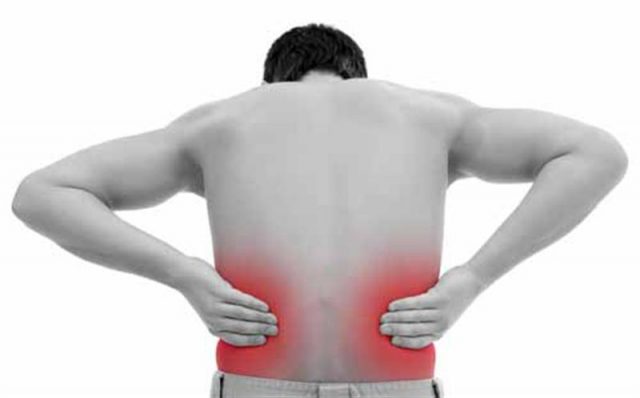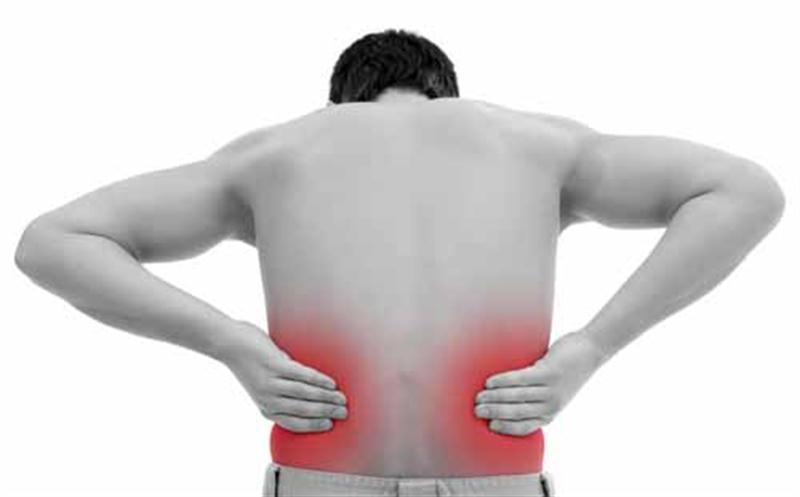
Both spinal stenosis (narrow canal) and herniated discs cause almost the same symptoms because they both compress the nerves that reach to arms or legs and it is difficult to differentiate them without an MRI. Patients experience back and leg pains, numbness and weakness in legs in both lumbar herniated discs and spinal stenosis. However, if spinal stenosis involves the neck, it causes symptoms in both arms and if it involves the back it causes symptoms in both legs. Also, pain and numbness increases with walking and usually alleviates with rest. On the other hand, herniated discs usually compress nerves in one side, so the symptoms involve one arm or one leg. The symptoms are continuous and does not improve with rest.
Herniated discs usually involve one space whereas spinal stenosis involves more than one space. Herniated discs can be seen in any age; spinal stenosis is a disease of the elderly except for the very rare congenital forms. Symptoms of spinal stenosis usually improve with rest while the symptoms of herniated discs don’t.

